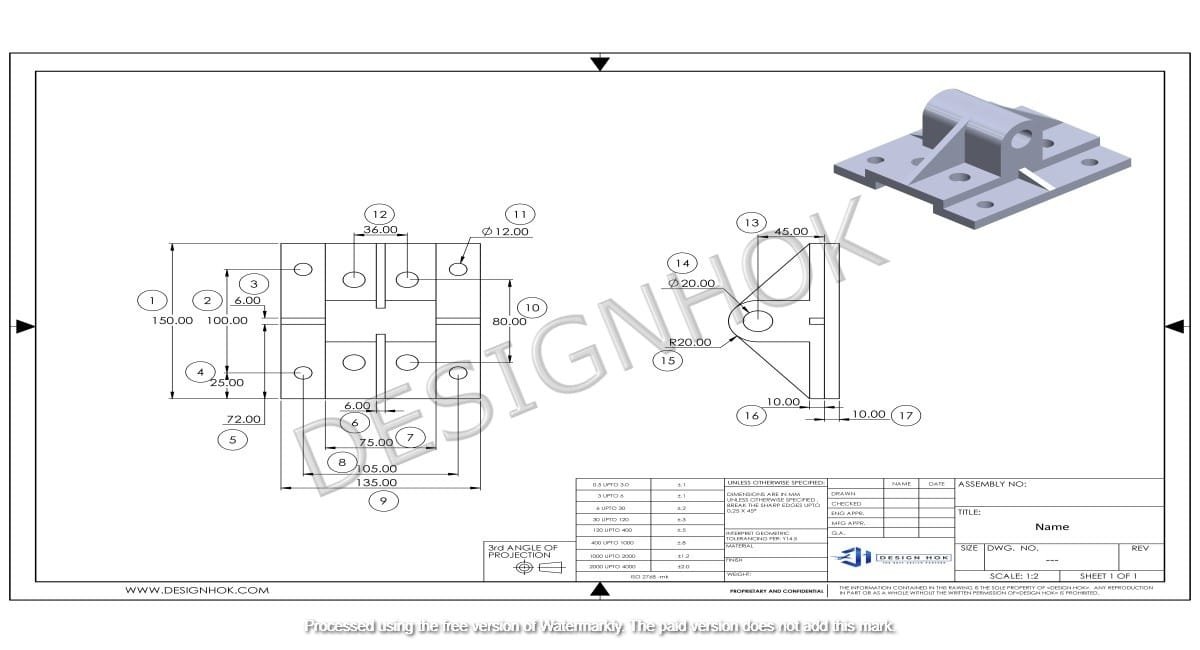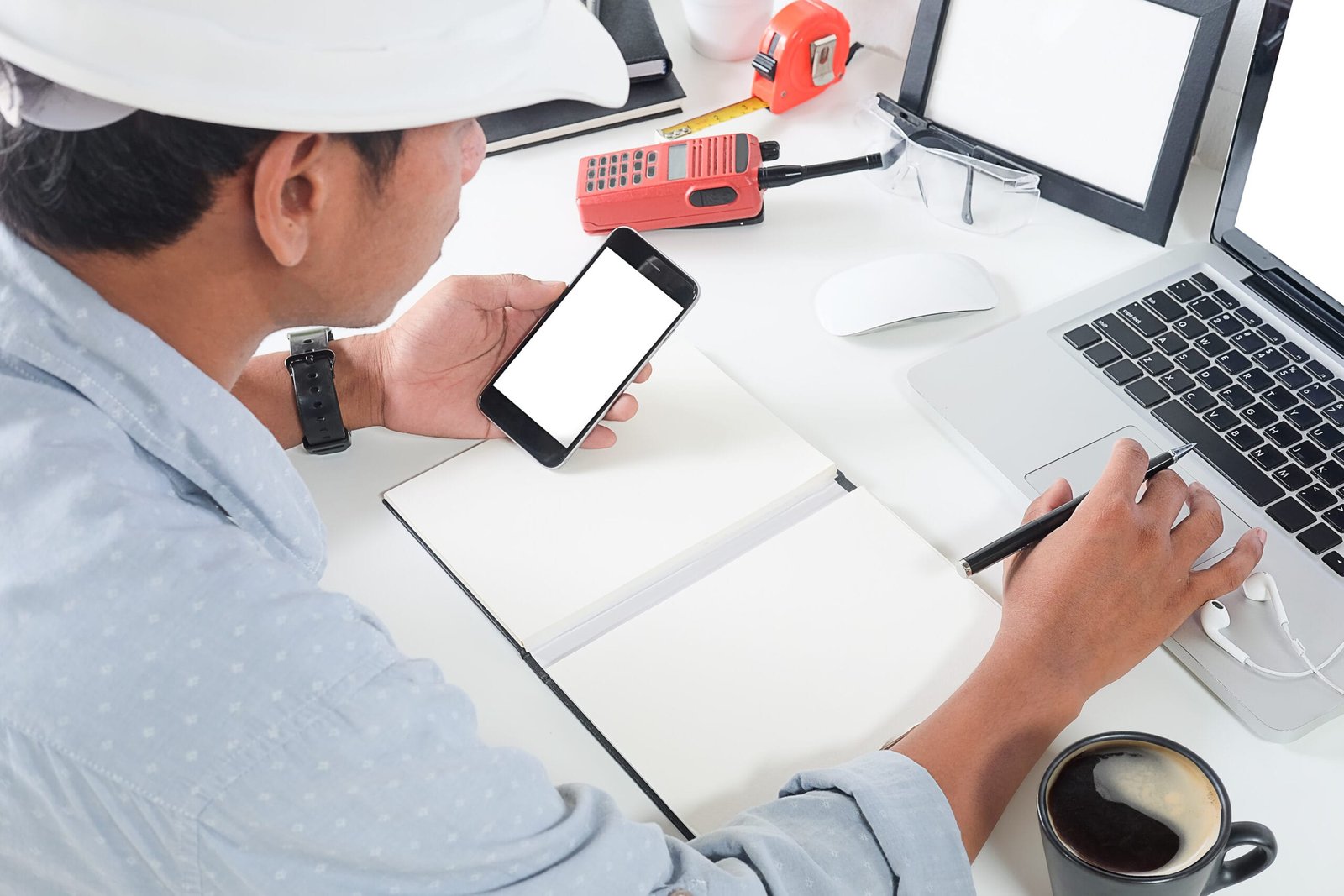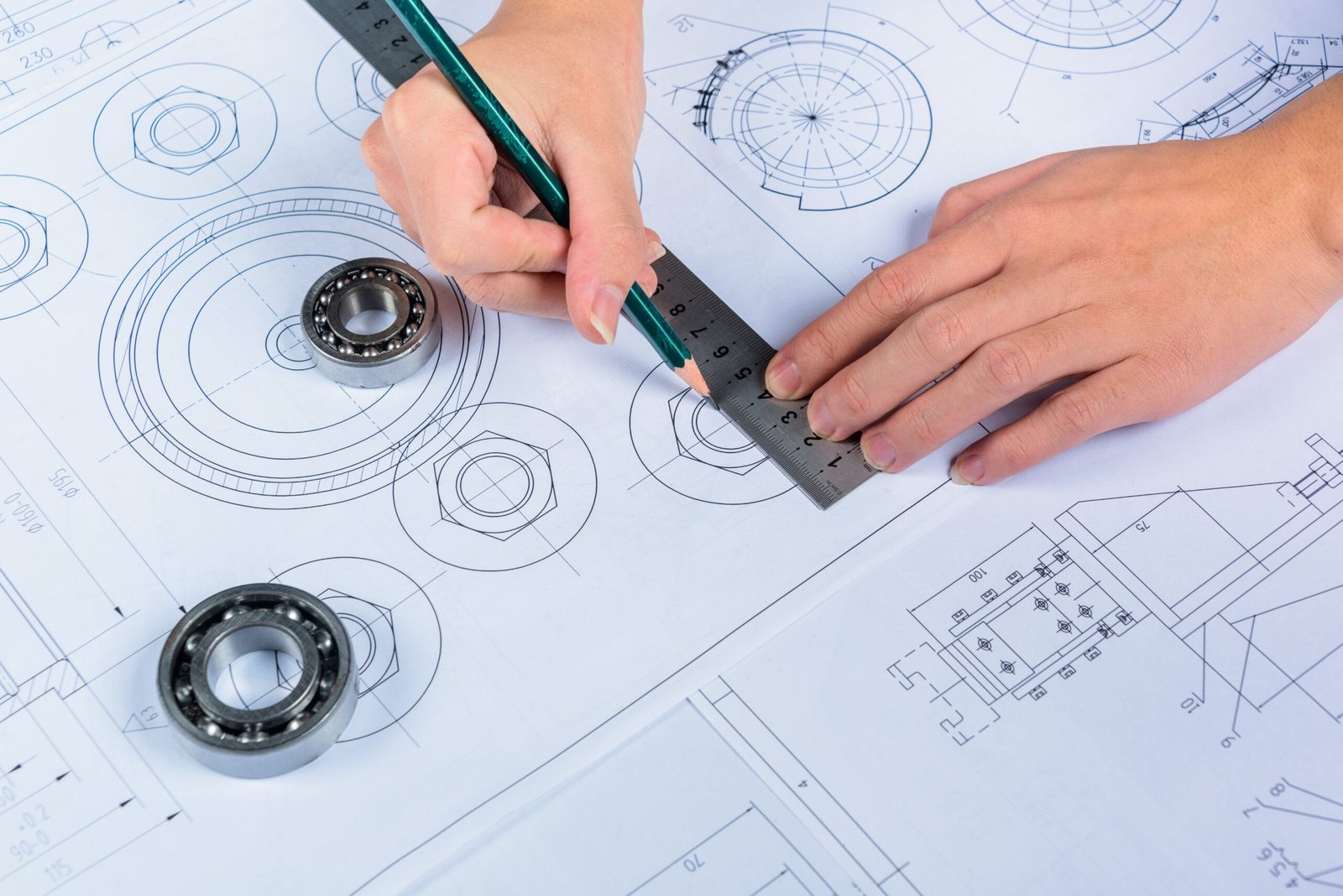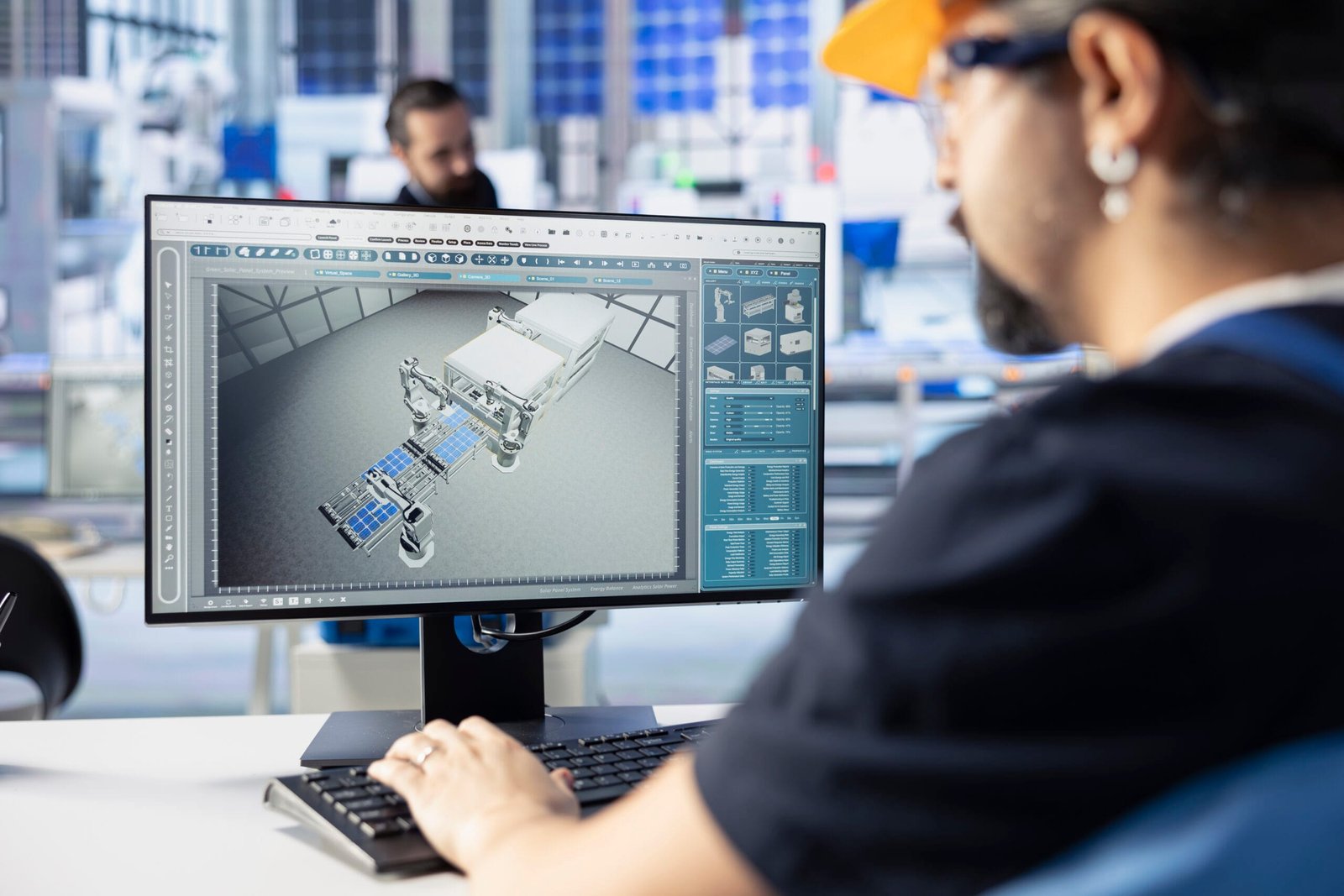3D modeling transforms the design of machine parts, offering precision, efficiency, and innovation in engineering. Learn about the methods, benefits, and impact of 3D modeling on the modern manufacturing industry
Introduction:
The Evolution of Machine Parts Design with 3D Modeling
In the realm of mechanical engineering, designing machine parts has evolved significantly over the years. Gone are the days when engineers relied solely on hand-drawn sketches and traditional blueprints to create complex parts. The introduction of 3D modeling has revolutionized this field, allowing for more accurate, efficient, and flexible designs that can be easily adapted to meet changing needs.
Machine parts are essential components that require utmost precision, durability, and performance. The use of 3D modeling in their design enables engineers to visualize, simulate, and optimize these parts before they are manufactured. This blog explores how 3D modeling enhances machine parts design, the process involved, and why it has become a game-changing tool in the industry.
What is 3D Modeling in Machine Parts Design?
3D Modeling in Machine Parts Design, is the process of creating a detailed three-dimensional digital representation of a machine part using specialized computer software. These models allow designers to accurately visualize how a part will function, how it will fit into a larger machine or system, and how it will interact with other components.
Unlike traditional 2D sketches or blueprints, 3D models offer a complete view of the object from every angle. Engineers can rotate, zoom in, and manipulate the model in virtual space to better understand the intricacies of the design. This technology provides greater flexibility, allowing for easy adjustments and iterations during the design process.
The Role of 3D Modeling in the Design Process
The design process for machine parts can be intricate and involves multiple stages, each benefiting from the use of 3D modeling. Here’s a breakdown of how 3D Modeling in Machine Parts Design integrates into different stages of the design process:
1. Conceptualization
During the initial phase of machine parts design, 3D modeling allows engineers to experiment with different shapes, sizes, and configurations. Rather than being limited to flat, two-dimensional drawings, designers can create lifelike models that offer a realistic view of the part. This enables them to experiment with new ideas and gain a better understanding of how the part will perform.
The conceptualization stage is crucial as it forms the foundation for the rest of the design process. By using 3D models early on, engineers can avoid potential issues and make better design decisions, ensuring that the part is feasible and functional.

2. Detailed Design and Simulation
Once the concept is finalized, the next step involves creating a detailed design of the part. 3D modeling software allows for precise measurements, exact dimensions, and accurate tolerances to be defined. Engineers can build intricate details into the model, ensuring that every aspect of the part is accounted for.
Beyond the detailed design, simulation tools integrated into 3D modeling software allow engineers to test the part virtually. For instance, they can simulate how the part will perform under different loads, temperatures, or stresses. By conducting these simulations, engineers can detect potential weaknesses or areas for improvement, saving time and resources that would otherwise be spent on physical testing.
3. Prototyping
3D Modeling in Machine Parts Design, also plays a critical role in the prototyping phase. By creating digital prototypes, engineers can visualize the machine part in its entirety before committing to a physical prototype. This not only saves costs associated with producing multiple physical models but also shortens the development timeline.
In some cases, 3D models can be directly converted into physical prototypes using 3D printing technology. This allows for quick production of a physical part based on the digital model, enabling engineers to evaluate the prototype’s functionality and make necessary modifications.
4. Collaboration and Communication
3D Modeling in Machine Parts Design, facilitates better communication and collaboration among teams involved in the design and production process. Designers, engineers, and manufacturers can all view the same 3D model, ensuring everyone is aligned on the design specifications.
This collaborative aspect is particularly useful when working with complex parts that require input from multiple departments or stakeholders. The 3D Modeling in Machine Parts Design serves as a central point of reference, making it easier for teams to make informed decisions and stay on the same page.
5. Manufacturing and Production
When the design is finalized and ready for production, 3D models provide manufacturers with all the necessary details to create the part. The precision offered by 3D modeling ensures that the machine part is produced exactly as intended, with minimal errors or discrepancies.
3D Modeling in Machine Parts Design can be used to generate technical drawings, material specifications, and manufacturing instructions, ensuring that the production process runs smoothly. Furthermore, these models can be directly integrated into computer-aided manufacturing (CAM) systems, streamlining the production process and reducing the chance of human error.

Benefits of 3D Modeling in Machine Parts Design
The use of 3D modeling in machine parts design offers numerous benefits, many of which contribute to better design outcomes and improved efficiency. Here are some of the key advantages:
1. Enhanced Accuracy and Precision
One of the most significant benefits of 3D modeling is the level of precision it provides. Engineers can define exact dimensions and tolerances, ensuring that the part will function as expected. This level of accuracy is essential for machine parts, as even the smallest error can result in costly issues down the line.
2. Faster Design Iterations
3D Modeling in Machine Parts Design allows for quick and easy design iterations. Engineers can make modifications to the model in real-time, test different configurations, and immediately see the results. This flexibility speeds up the design process, allowing for faster decision-making and reducing the overall time to market.
3. Cost Savings
By identifying and addressing potential design flaws early in the process, 3D modeling reduces the need for costly physical prototypes and rework. Additionally, the ability to simulate the performance of the part before manufacturing reduces the risk of errors, leading to cost savings in production.
4. Improved Collaboration
3D Modeling in Machine Parts Design facilitate better communication between engineers, designers, and manufacturers. The visual nature of the models makes it easier for all stakeholders to understand the design, provide feedback, and collaborate effectively. This results in a more streamlined and cohesive design process.
5. Enhanced Product Performance
Because 3D Modeling in Machine Parts Design allow for detailed simulations, engineers can optimize the design for performance. They can test how the part will function in real-world conditions and make adjustments to improve durability, strength, and efficiency. This results in machine parts that are not only functional but also optimized for performance.
The Future of 3D Modeling in Machine Parts Design
As technology continues to advance, the role of 3D modeling in machine parts design is only expected to grow. Emerging technologies like artificial intelligence (AI) and machine learning are being integrated into 3D modeling software, allowing for even more advanced simulations and design optimization.
Additionally, 3D printing technology is evolving, making it possible to produce complex machine parts directly from digital models. This integration of 3D modeling and 3D printing could revolutionize manufacturing by reducing costs and production times while increasing customization options.
Conclusion:
A New Era for 3D Modeling in Machine Parts Design
3D Modeling in Machine Parts Design has undeniably transformed the field of machine parts design, offering unprecedented levels of precision, flexibility, and efficiency. Whether it’s for conceptualization, detailed design, prototyping, or production, 3D Modeling in Machine Parts Design is a vital tool that drives innovation and ensures the highest quality standards in machine parts manufacturing.
As industries continue to embrace digital tools, 3D Modeling in Machine Parts Design will remain at the forefront of engineering, enabling the creation of complex, high-performance machine parts that meet the demands of modern technology.
FAQs
1. What is 3D modeling in machine parts design?
3D modeling in machine parts design involves creating a detailed three-dimensional digital representation of a machine part using specialized software. This model helps visualize, simulate, and refine the design before manufacturing.
2. What are the main benefits of 3D modeling for machine parts design?
The main benefits include enhanced accuracy, faster design iterations, cost savings, improved collaboration, and better product performance through detailed simulations and optimizations.
3. How does 3D modeling improve the design process?
3D modeling allows engineers to experiment with different designs, test performance through simulations, and make quick adjustments. It streamlines the process, reduces errors, and improves communication among teams.
4. Can 3D models be used for prototyping?
Yes, 3D models are often used to create digital prototypes. In some cases, they can be converted directly into physical prototypes using 3D printing, speeding up the development process.
5. How does 3D modeling support manufacturing?
3D models provide manufacturers with precise technical details and specifications. They can be directly integrated into CAM systems for automated manufacturing, reducing errors and improving production efficiency.





